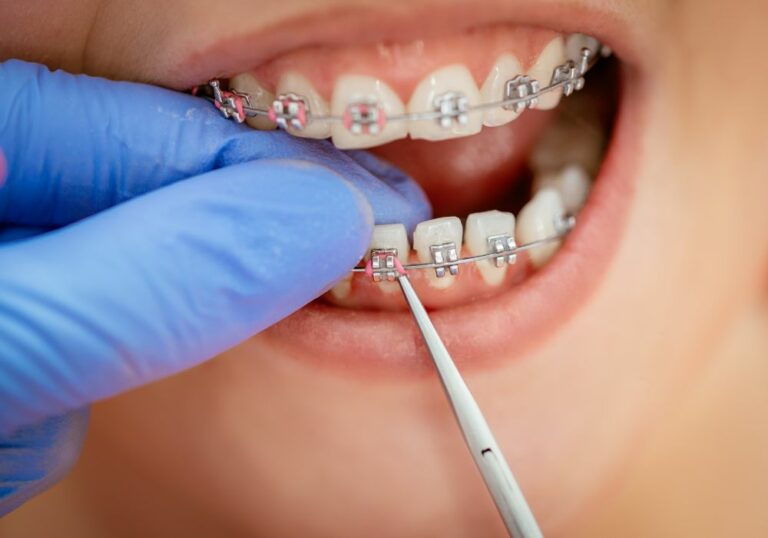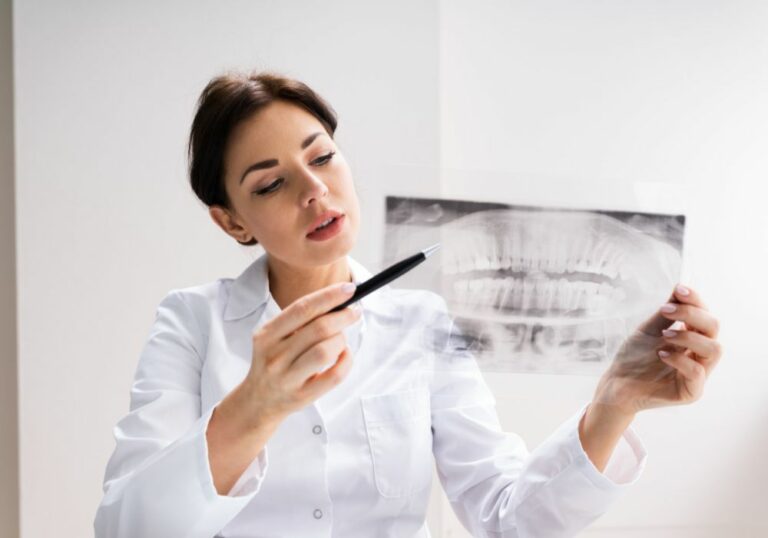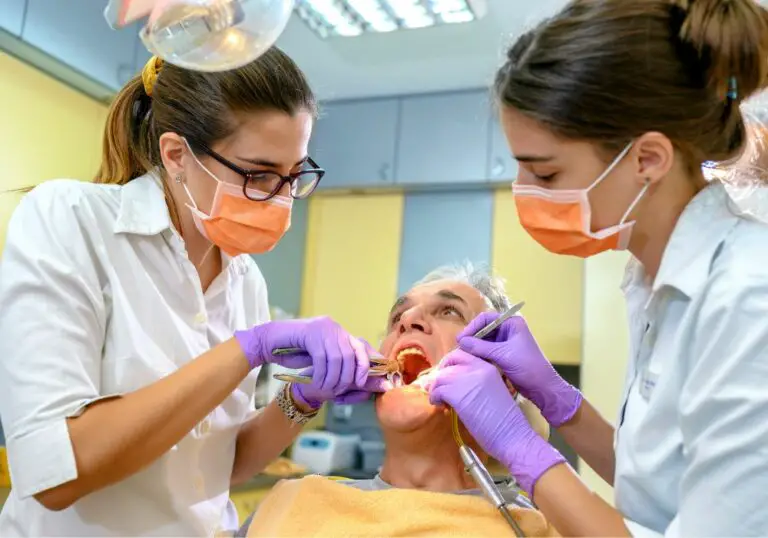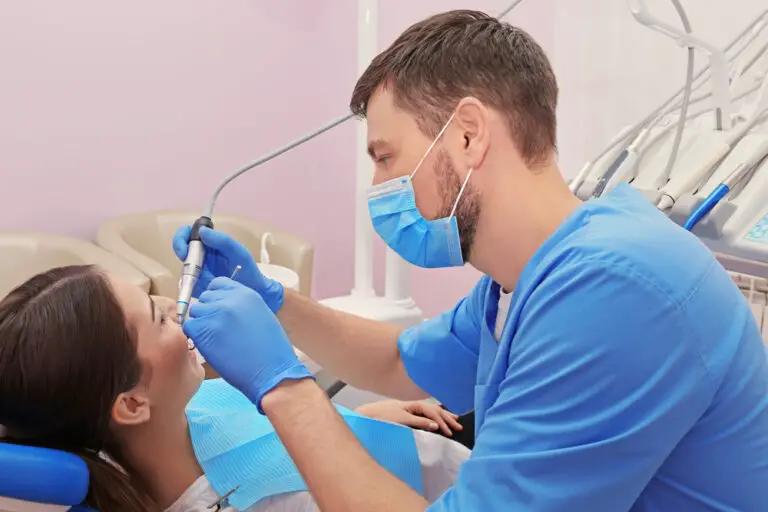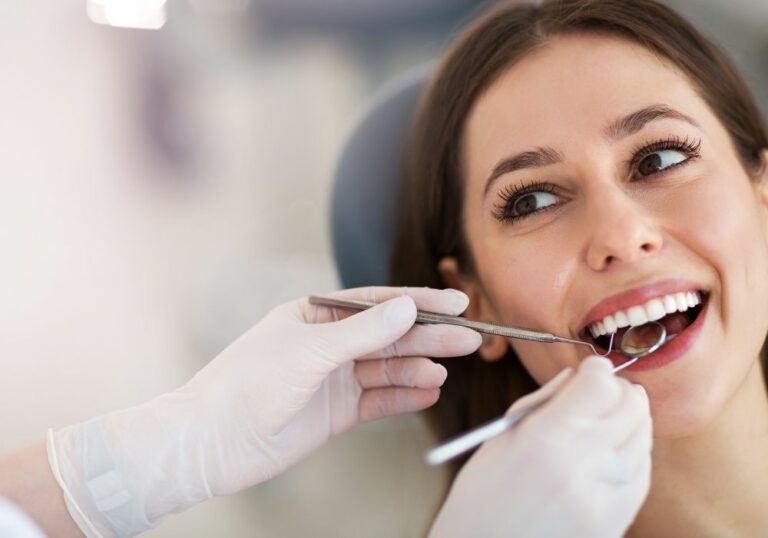What is tooth resorption?
Tooth resorption is a condition where the hard tissues of the tooth – the enamel, dentin and cementum – are lost due to the action of specialized cells called odontoclasts. These cells break down and “resorb” the mineralized tooth structure through a process similar to osteolysis or bone resorption. This results in defects, cavities or “holes” forming in the tooth.
There are two main types of tooth resorption:
External tooth resorption
This type begins on the external surface of the root of the tooth. It usually starts apically (near the tooth apex) and progresses toward the crown. It can occur on one surface of the root or all around its circumference.
Possible causes of external resorption include trauma, chronic periodontal disease, excessive orthodontic forces, tumors or idiopathic factors (unknown cause).
Internal tooth resorption
This type begins inside the tooth. The odontoclasts gain access to the interior through defects in the enamel and dentin layers. These defects allow the cells access to the dentin-pulp junction. The resorption progresses from here into the root canal space.
Potential causes of internal resorption include trauma, especially if it results in pulp necrosis. Heat treatments like bleaching or preparation for a post/crown can also trigger it. In addition, chronic pulpal inflammation is a risk factor for internal resorption.
What causes tooth resorption?
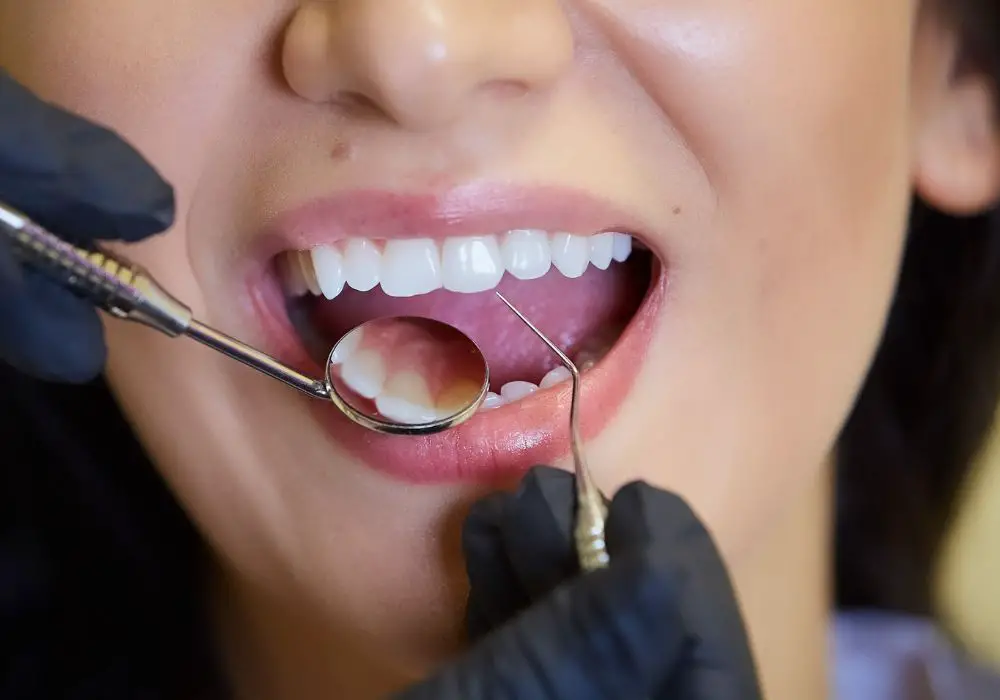
There are several potential causes and contributing factors for tooth resorption:
- Trauma – Injury or damage to the tooth that penetrates the enamel and dentin layers. This creates access for odontoclasts to the tooth structure underneath. Resorption is more likely if the trauma results in pulpal necrosis.
- Inflammation – Chronic inflammation of the dental pulp can stimulate cells to differentiate into odontoclasts. These cells then begin demineralizing and degrading the tooth.
- Orthodontic forces – Excessive pressure on a tooth from braces, headgear or orthodontic appliances can lead to localized inflammation. This triggers external root resorption.
- Periodontal disease – Chronic infection around the tooth can cause inflammation of the supporting structures. This allows odontoclasts to attack the external root surface.
- Tumors – Benign or malignant tumors originating in the bone or other structures adjacent to a tooth root may invade and resorb the root surface.
- Unknown factors – Cases of tooth resorption with no identifiable cause are termed idiopathic. Possible explanations include variation in root cementum structure or composition that allows easier access and breakdown.
The most common causes of internal and external resorption can be summarized as follows:
| Type of Resorption | Most Common Causes |
|---|---|
| External | Trauma, orthodontic treatment, periodontal disease, tumors |
| Internal | Trauma, pulpal inflammation, heat treatment |
What are the symptoms of tooth resorption?
Resorption is usually asymptomatic in the early stages and may be detected accidentally on routine dental x-rays. Patients are often unaware that resorption is occurring.
As the process continues over months to years, symptoms may eventually develop. These include:
- Sensitivity to hot or cold foods and drinks – results as resorption approaches the innervated pulp tissue
- Spontaneous pain or throbbing pain – pulp inflammation caused by bacterial ingress into resorptive defects
- Loosening or abnormal mobility of the tooth – loss of root structure weakens support
- Changes in tooth shape, structure or color – the enamel may fracture or reveal underlying dentin
- Formation of “pink spots” on the enamel near the gums – these represent granulation tissue and blood vessels from cervical resorption
- Exposure of the dentin and pulp – resorption reaching these inner structures
Advanced resorption can lead to pulp necrosis, infection and abscess. Severe resorption may also result in pathological tooth fracture.
Can tooth resorption heal on its own?
Unfortunately, tooth resorption is an irreversible process and cannot heal on its own. The odontoclasts continuously break down and resorb the tooth structure once the process begins.
The lost enamel, dentin and cementum does not regenerate or grow back without intervention. Resorption is a chronic and progressive condition. Without treatment, it will continue getting worse over time until significant tooth structure is destroyed.
The rate of progression is variable from case to case depending on factors like the extent of the defect and stimulatory factors present. However, resorption will not stop progressing spontaneously.
How is tooth resorption treated?
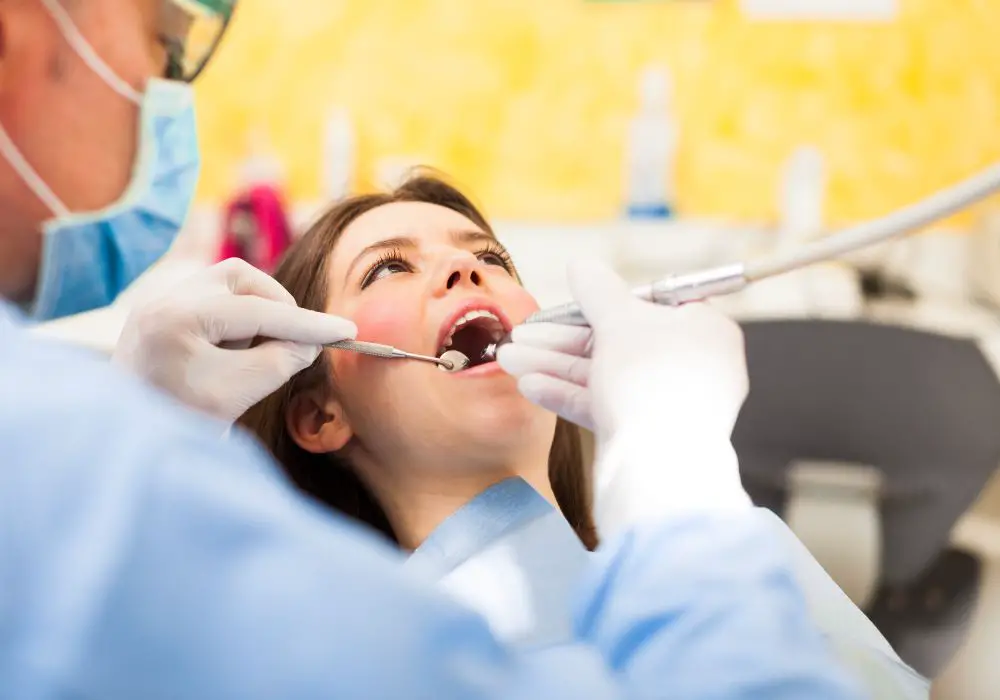
The main goals of treatment are to stop progression of the resorptive process and restore the strength and function of the affected tooth. Recommended treatments depend on the type (external versus internal), location and extent of resorption.
Treating external resorption
Mild external resorption may be monitored radiographically if it is progressing slowly and the tooth is asymptomatic. However, once the process accelerates or threatens tooth vitality, active treatment is indicated.
Treatment is aimed at removing the resorptive cells and restoring any defects caused by the lost tooth structure:
- Root canal therapy – This is often the first step to stop external resorption. Cleaning out the pulp tissue and canals removes the blood supply and kills odontoclasts inside the tooth. The root canal system is then sealed to prevent reinfection.
- Restorations – Composite resins, onlays or full coverage crowns can restore cavities and structural defects caused by external resorption. If decay is also present, this is treated first.
- Curettage surgery – A periodontal procedure called curettage can be done to physically remove granulation tissue and odontoclasts attacking the root surface. Attempts are made to induce new cementum regeneration.
- Extraction – If the tooth is severely compromised with advanced resorption, extraction may ultimately be necessary. However, this is done only when other options are exhausted.
Treating internal resorption
Internal resorption also requires the removal of the dental pulp and associated blood vessels feeding the odontoclasts. Options include:
- Root canal therapy – This is the standard treatment to remove the inflamed or infected pulp tissue and halt the resorptive process. The canals are debrided and filled.
- Root canal surgery – If the internal defect extends through the side of the root, periradicular surgery may be done to try to seal off the resorptive area from the exterior.
- Intentional replantation – The affected tooth can be extracted, granulomas curetted from the resorptive defect, and the tooth then reinserted into the socket to retain natural tooth structure.
- Extraction – Some cases of severe internal resorption may be untreatable via other means. If the tooth is unlikely to be saved, extraction becomes necessary.
In summary, main treatment approaches for internal and external tooth resorption include:
| Type of Resorption | Treatment Options |
|---|---|
| External | Root canal therapy, restorations, curettage surgery, extraction |
| Internal | Root canal therapy, root canal surgery, intentional reimplantation, extraction |
What is the prognosis for a tooth with resorption?
With early diagnosis and proper treatment, teeth with mild to moderate resorption generally have a favorable long-term prognosis. However, the success rate depends on multiple factors:
- Extent – The more advanced the resorption is, the poorer the prognosis. Smaller defects have better outcomes.
- Type – Internal resorption has a significantly worse prognosis compared to external resorption.
- Cause – Resorption triggered by trauma or orthodontics often responds better than cases involving tumors or unknown causes.
- Age – Younger patients have greater healing potential. Teeth in older individuals tend to have poorer outcomes.
- Treatment – Following recommended treatment procedures for the specific case results in better success rates.
Even with successful treatment, progression of resorption after treatment may still occur over time, necessitating extraction. However, most appropriately treated teeth can be retained for many years with routine dental care and follow-up. Early intervention provides the best chance of tooth survival long-term.
Frequently Asked Questions
Can external tooth resorption be reversed?
No, external resorption cannot be reversed because the lost tooth structure does not regenerate on its own. However, treatment can arrest the progression of resorption and restore the tooth by removing the cause and repairing defects.
What are the pink spots that appear with tooth resorption?
Pink spots visible on the enamel near the gumline are called cervical resorption lesions. They occur when the resorptive process reaches the cervical area of the tooth right at the gumline. The pink color comes from highly vascular granulation tissue and blood vessels inside the resorptive cavity that become visible through the thin enamel.
Is tooth resorption painful?
Tooth resorption is often asymptomatic initially. As it approaches the innervated pulp tissue, patients may experience sensitivity and mild pain. Once it exposes the pulp, severe throbbing pain is common. Infected resorption can also cause toothaches and abscess formation.
How long can a tooth with severe resorption last?
Even teeth with advanced resorption can retain function for years if diagnosed and treated appropriately. However, the more tooth structure that is destroyed, the poorer the long-term prognosis becomes. Regular dental exams help detect progression early, while salvage is still possible.
Can orthodontic treatment cause tooth resorption?
Yes, poorly controlled orthodontic forces can definitely precipitate inflammatory root resorption in some individuals. Modern techniques have minimized this risk significantly, but it remains a potential side effect. Patients should follow recommendations for check-ups during and after orthodontic treatment.

